Sin City TP Robert Rodriguez 2005 Movie Basis Frank Miller Dark Horse NM Con
$59.99
Description
The Hard Goodbye (Sin City) Paperback
by Frank Miller (Author, Illustrator)
The first volume of the crime-comic megahit that introduced the now-infamous Marv and spawned a blockbuster film!
It’s a lousy room in a lousy part of a lousy town. But Marv doesn’t care. There’s an angel in the room. She says her name is Goldie. A few hours later, Goldie’s dead without a mark on her perfect body, and the cops are coming before anyone but Marv could know she’s been killed. Somebody paid good money for this frame . . .
Frank Miller began his career in comics in the late 1970s, first drawing then writing Daredevil for Marvel Comics, creating what was essentially a crime comic disguised as a superhero book. It was on Daredevil that Miller gained notoriety, honed his storytelling abilities, and took his first steps toward becoming a giant in the comics medium. After Daredevil came Ronin, a science-fiction samurai drama that seamlessly melded Japanese and French comics traditions into the American mainstream; and after that, the groundbreaking and acclaimed Batman: The Dark Knight Returns and Batman: Year One, both of which not only redefined the classic character, but also revitalized the industry itself. Finally able to fulfill his dream of doing an all-out, straight-ahead crime series, Miller introduced Sin City in 1991. Readers responded enthusiastically to Miller’s tough-as-leather noir drama, creating an instant sales success. His multi-award-winning 300 series from Dark Horse, a telling of history’s most glorious and underreported battle, was brought to full-blooded life in 1998. In 2001, Miller returned to the superhero genre with the bestselling Batman: The Dark Knight Strikes Again. Frank Miller continues to push the medium into new territories, exploring subject matter previously untouched in comics, and his work consistently receives the highest praise from his industry peers and readers everywhere. In 2005, with the hugely successful Sin City movie release, codirected with Robert Rodriguez, Miller added a director’s credit to his already impressive résumé and introduced his characters to an entirely new legion of fans worldwide.
Publisher: Dark Horse, 1st printing
Frank Miller explains that this one got away from him. What was supposed to be a 48-page crime thriller turned into a 200-page graphic novel, all because Marv, the story’s brutal misanthropic protagonist, started bossing Miller around. If you have seen “Sin City” the movie where Mickey Rourke steals the film as Marv, then you can understand Miller’s explanation. You will understand it even more when you read the graphic novel, the first volume in the Miller’s comic noir saga.
For me Frank Miller began the road that ends in “Sin City” with “Daredevil” #164, which retold the hero’s origin. There is a series of panels in which Daredevil is chasing down the Fixer, the man who arranged the fight that Battling Murdock refused to throw. In each frame Daredevil gets closer to his quarry and cutting across the panels is a line representing the Fixer’s heart beat, which goes from blind panic to full cardiac arrest before flatlining. It was at that point that I knew Miller was starting to think of what he could do with art in a comic book. After his work on “Daredevil” there was “Ronin” and “The Dark Knight Returns,” and eventually Miller gets to Marv.
There is no doubt that Marv is the walking path of destruction that dominates this narrative. He is extremely violent, deeply disturbed, and whatever medication he is taking is just not doing the job. Still, he is a sympathetic figure because pretty much everybody he is maiming and killing are the real scum of the earth and he is on a mission to avenge the death of Goldie, the beautiful blonde who gave him a toss in the hay. He falls asleep in bed with her, having one of those moments of true happiness that never bodes well, and wakes up with her dead and the cops on their way. Marv is being set up, but that is incidental in his mind to the fact somebody killed Goldie, so somebody has to pay along with everybody else who stands in his way. The grand irony here is Marv and his interior monologues are the voice of sanity by the time he finds the killer.
The characters and the dialogue are easy to characterize as Mickey Spillane types on steroids. Then there is Miller’s artwork as he explores what can done with just black and white on a page. The result is wildly experimental and sometimes you can a sense of how rough Miller’s ideas are by the time he finishes a page. The first page of the story is more black than white, with Goldie’s lips, the outline of her hair, the white skin exposed by the strapless gown and gloves etched out in seductive folds sets the tone for the artwork. The second page is the opposite with more white than black and offers a more conventional view of Marv and Goldie, and already you like the first page better. The third page offers a synthesis of the first two and it is like Miller is laying out the new ground rules. There are figures reduced to silhouettes except for hair or teeth (or bandages), and others reduced to white images against a field of black. Then we get to Marv standing in the rain in Chapter 8 and looking at the statue of Cardinal Roarke, at which point Miller is trying something completely different from the rest of the book.
I have no doubt that if Miller was to do “The Hard Goodbye” today that there would be significant changes in the artwork that would provide a refinement of the raw energy displayed here. There are times when the justification for the artwork seems to clearly be that it is different from the pages Miller has just drawn as opposed to be the best way of illustrating that part of the narrative. But this is the first story in an ongoing series, so allowances can be made if Miller really did decide to do a page a certainly way for no other reason than he had not done one that way yet. After all, it is not like he was coming up with 200 different pages of artwork and by the time you get to Chapter 8, which I think is artistically far and away the best of the entire graphic novel, it is equally clear Miller knows exactly what he is doing and all of the pieces are falling into place. The joy of watching the art evolve in this story makes up for the rough patches.
These stories were originally published in issues #51-62 of the Dark Horse comic book series “Dark Horses Presents” and in the “Dark Horse Presents Fifth Anniversary Special.” This volume should be noted by fans of the movie version and those who come from the theater to the graphic novel will probably be surprised how faithful Robert Rodriguez was to Frank Miller’s story and vision. Then again, that was the whole point of doing the film the way it was done.
Near mint, 7th print.
Related products
-

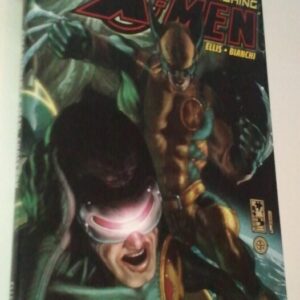
Astonishing X-Men: Ghost Box HC 1st print Warren Ellis Simone Bianchi Alan Davis
$99.99 Add to cart -
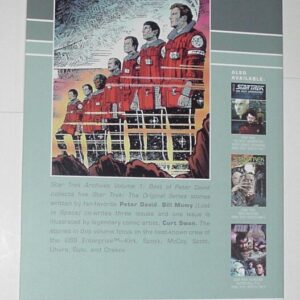
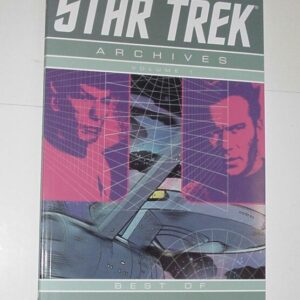
Star Trek Archives Volume 1 Best of Peter David TP 1st print NM IDW
$39.99 Add to cart -
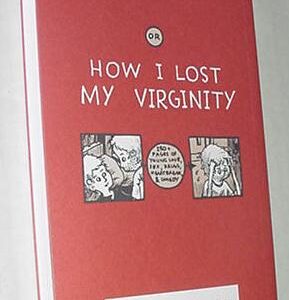
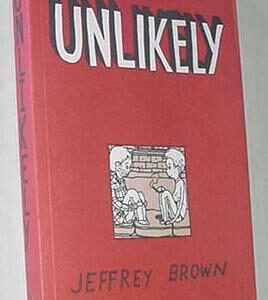
Unlikely TP Jeffrey Brown Clumsy Autobiographical
$69.99 Add to cart -
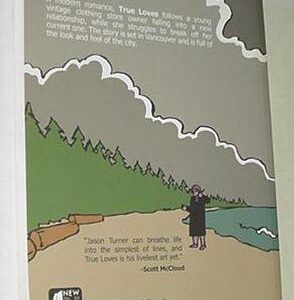

True Loves TP Jason Turner Manien Bothma 1st print
$49.99 Add to cart




